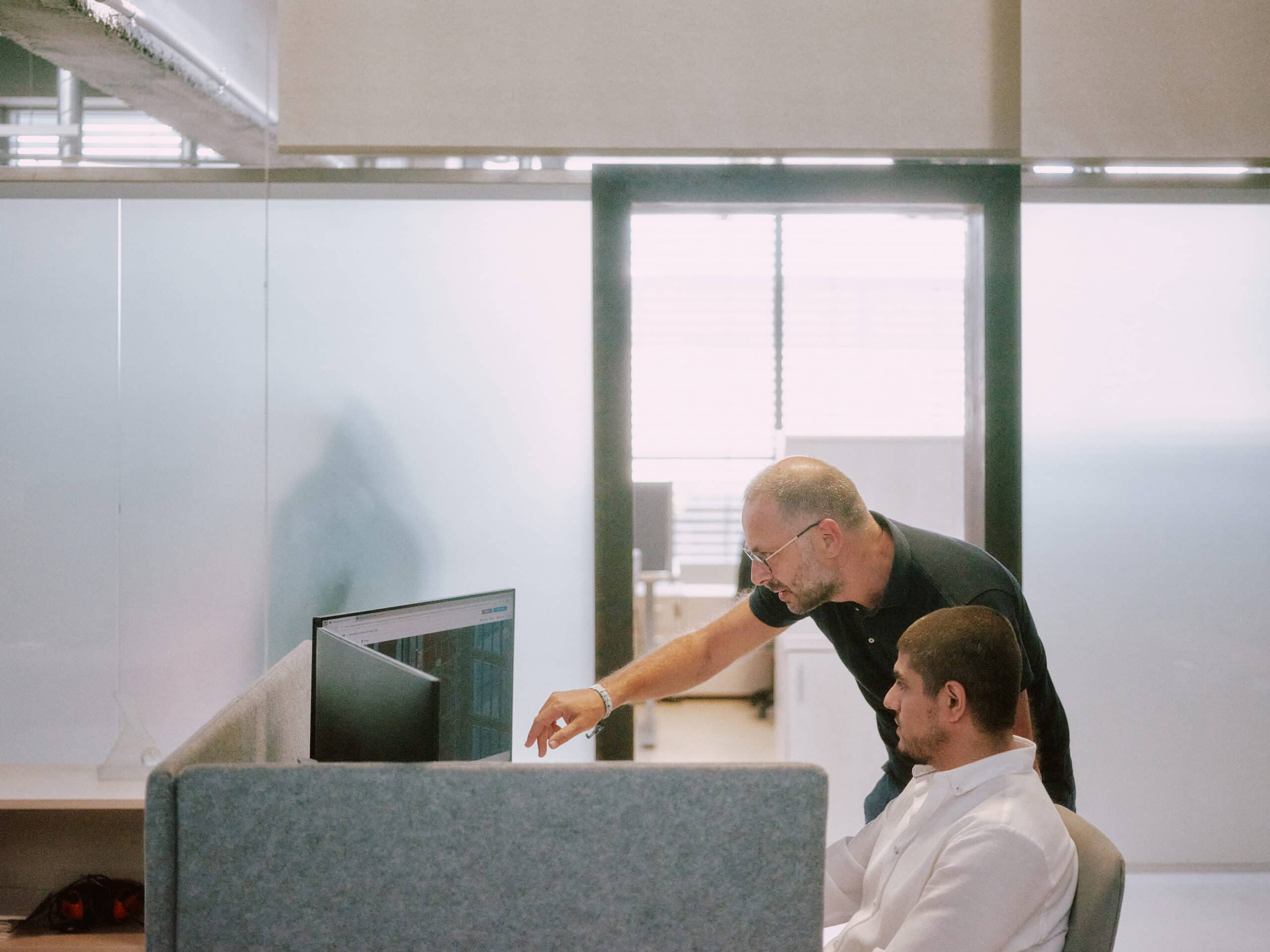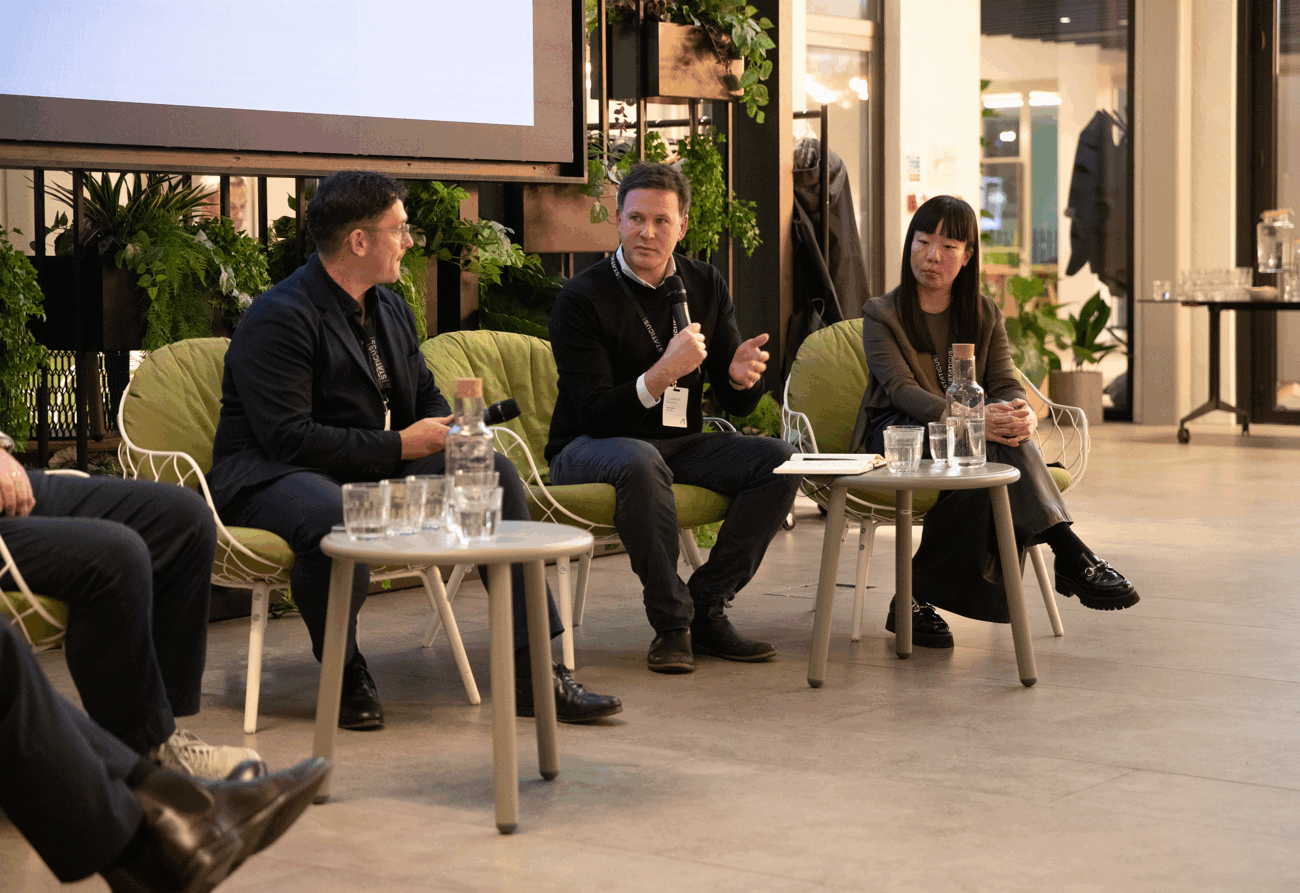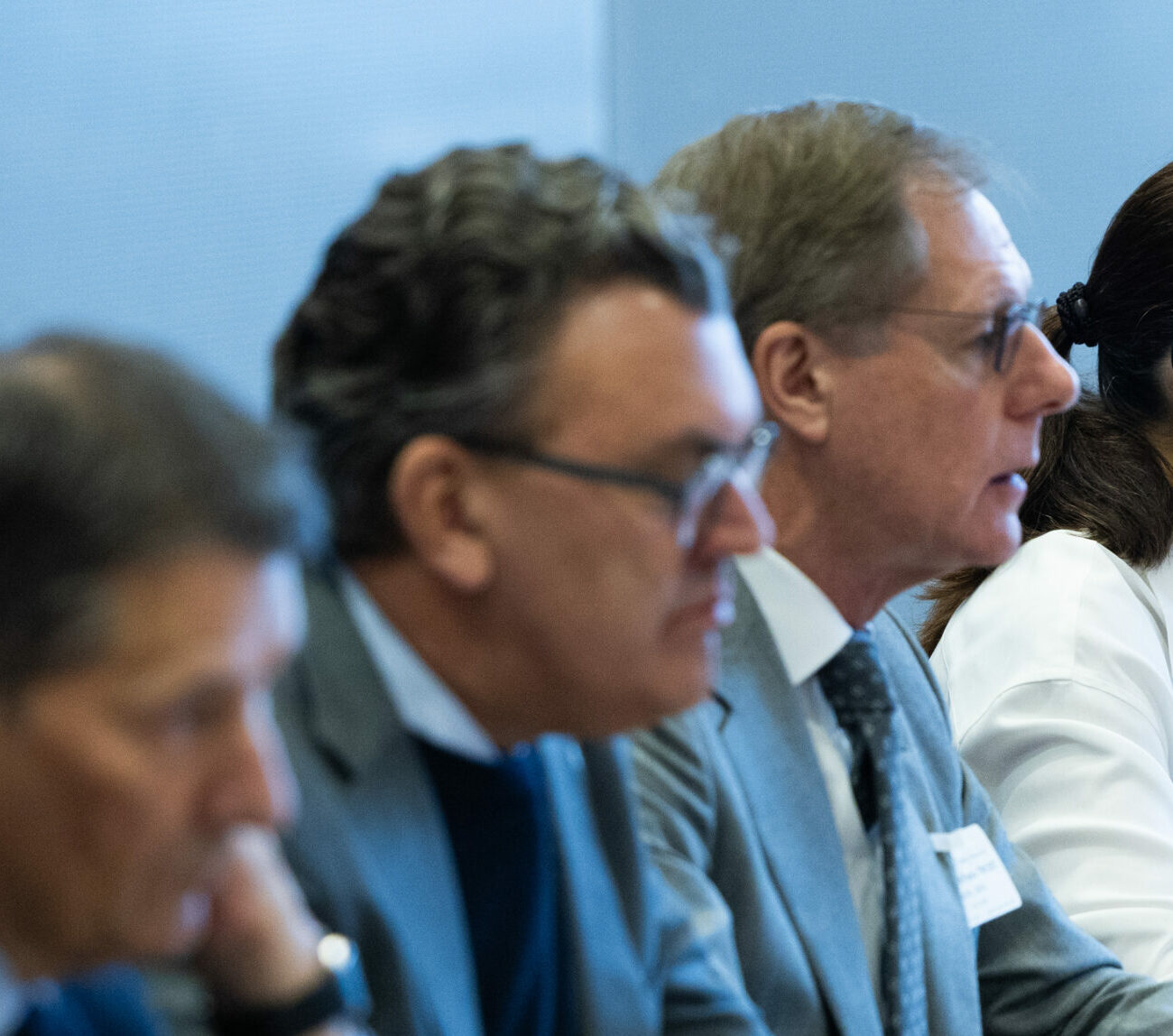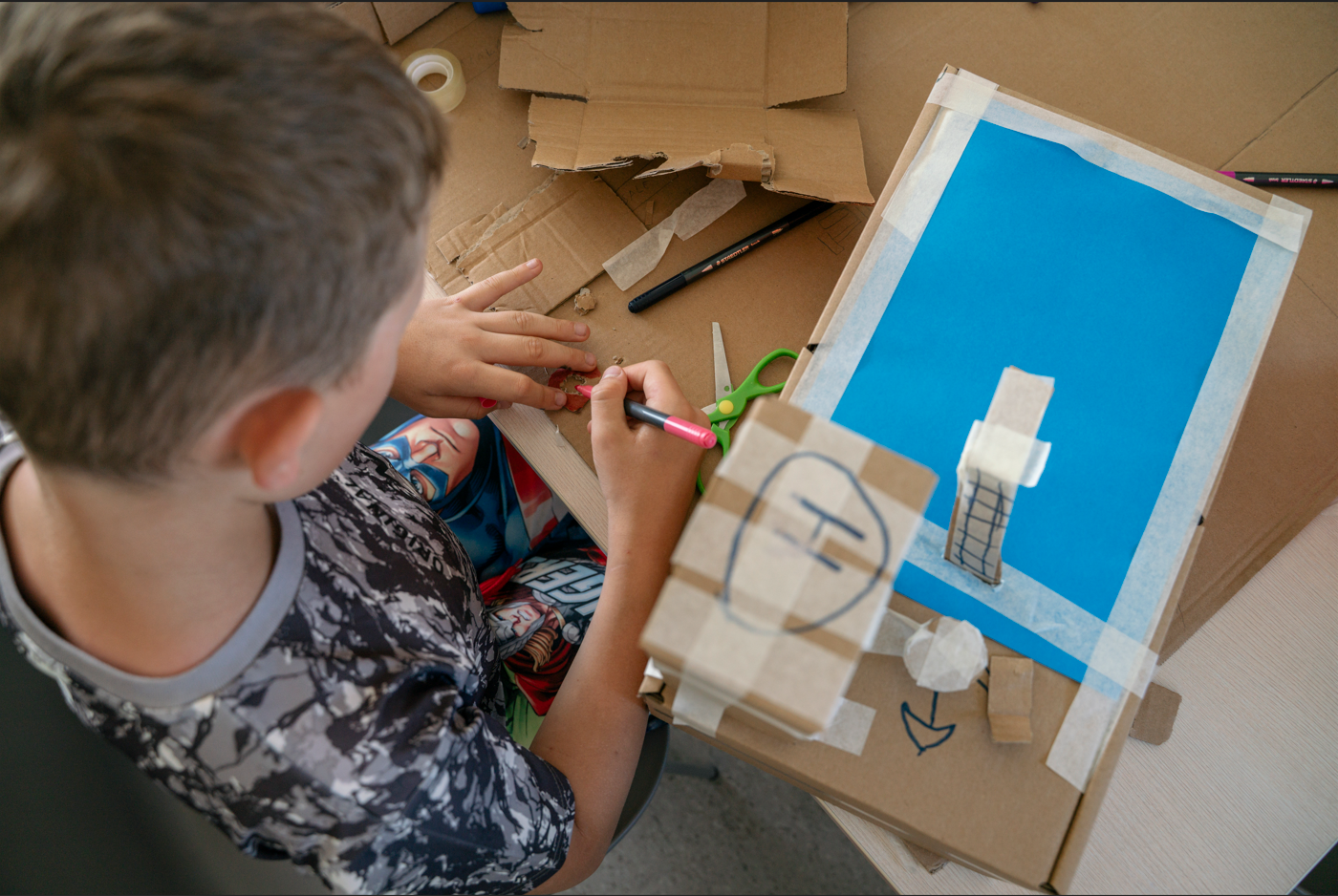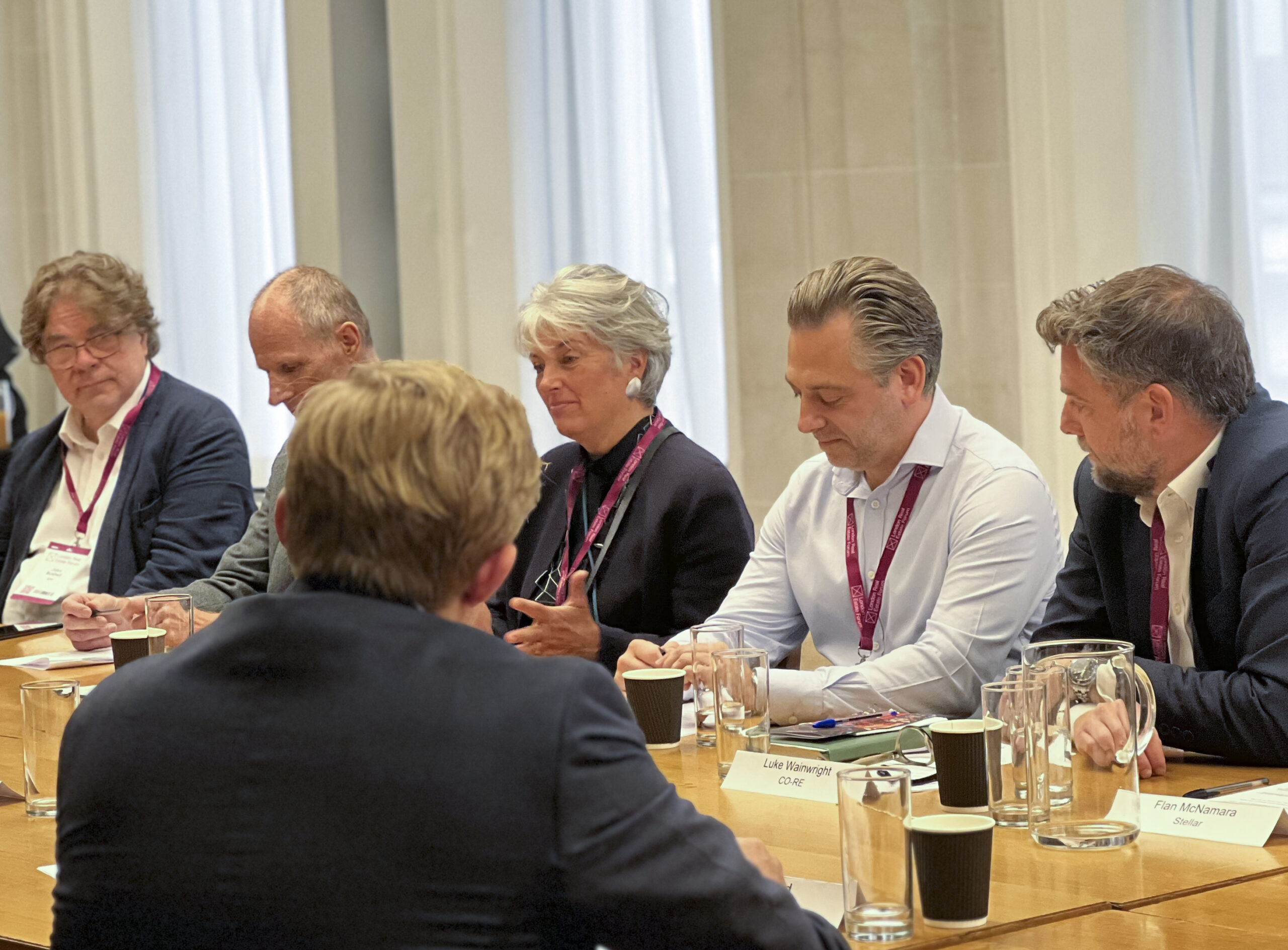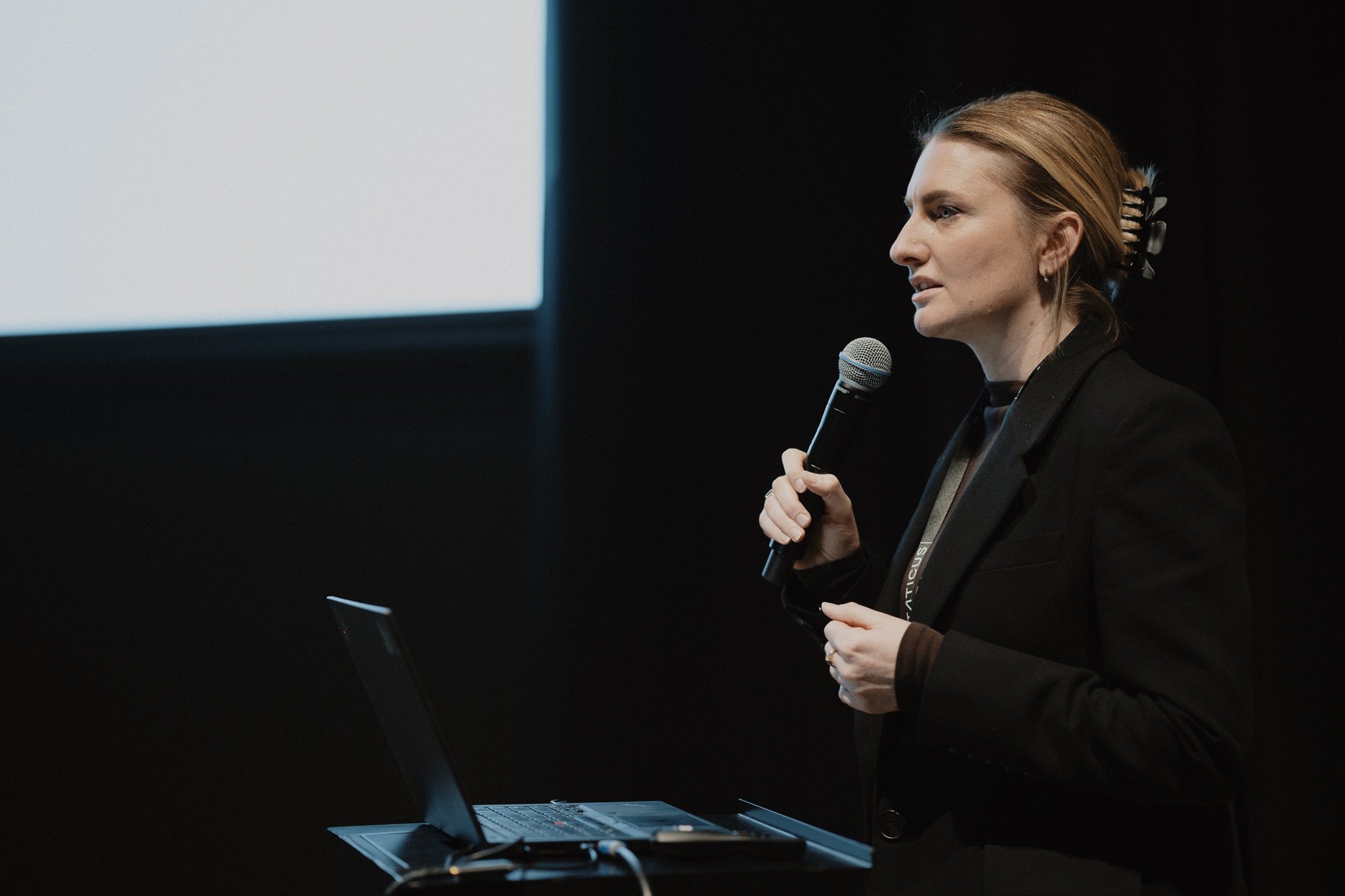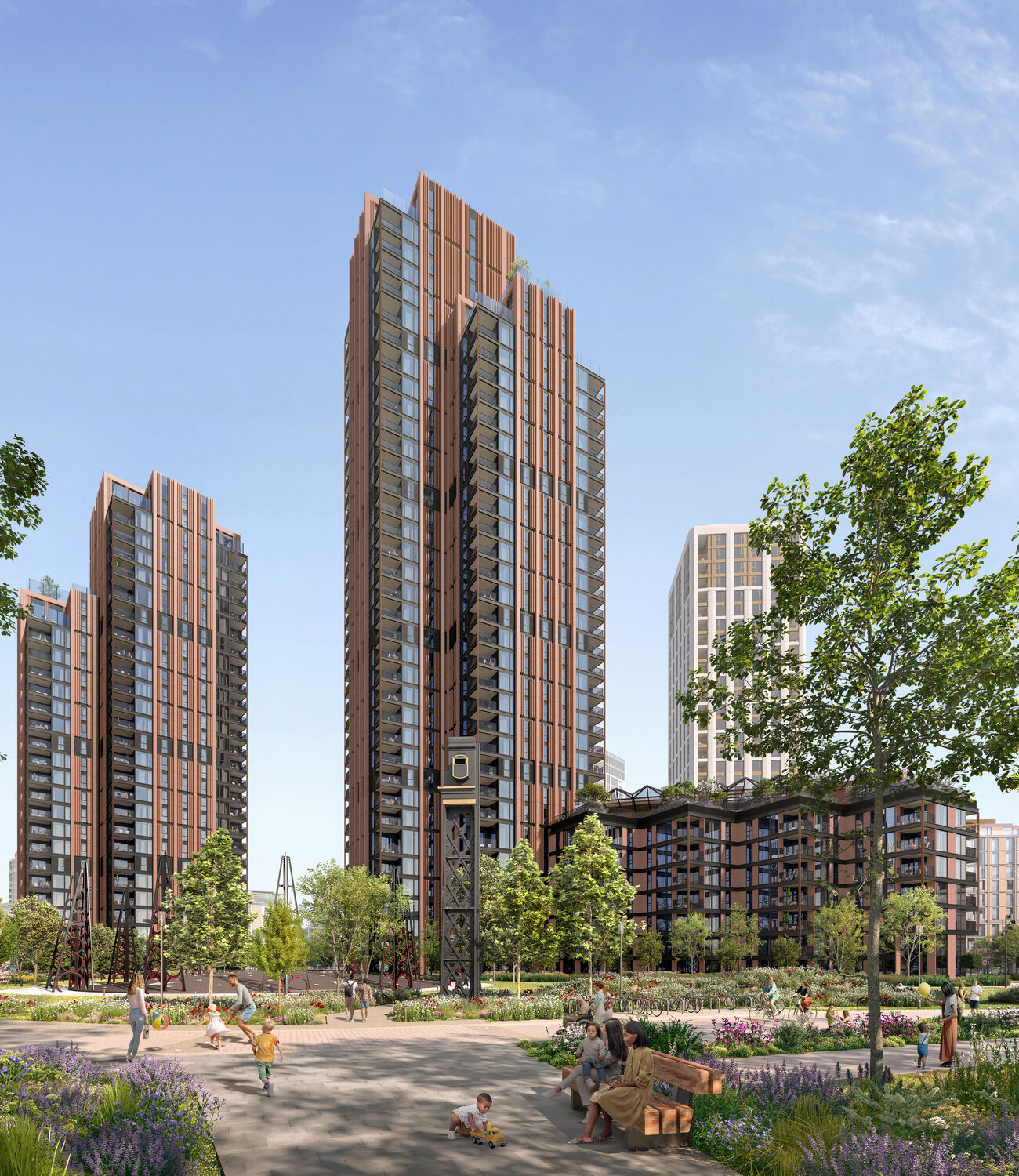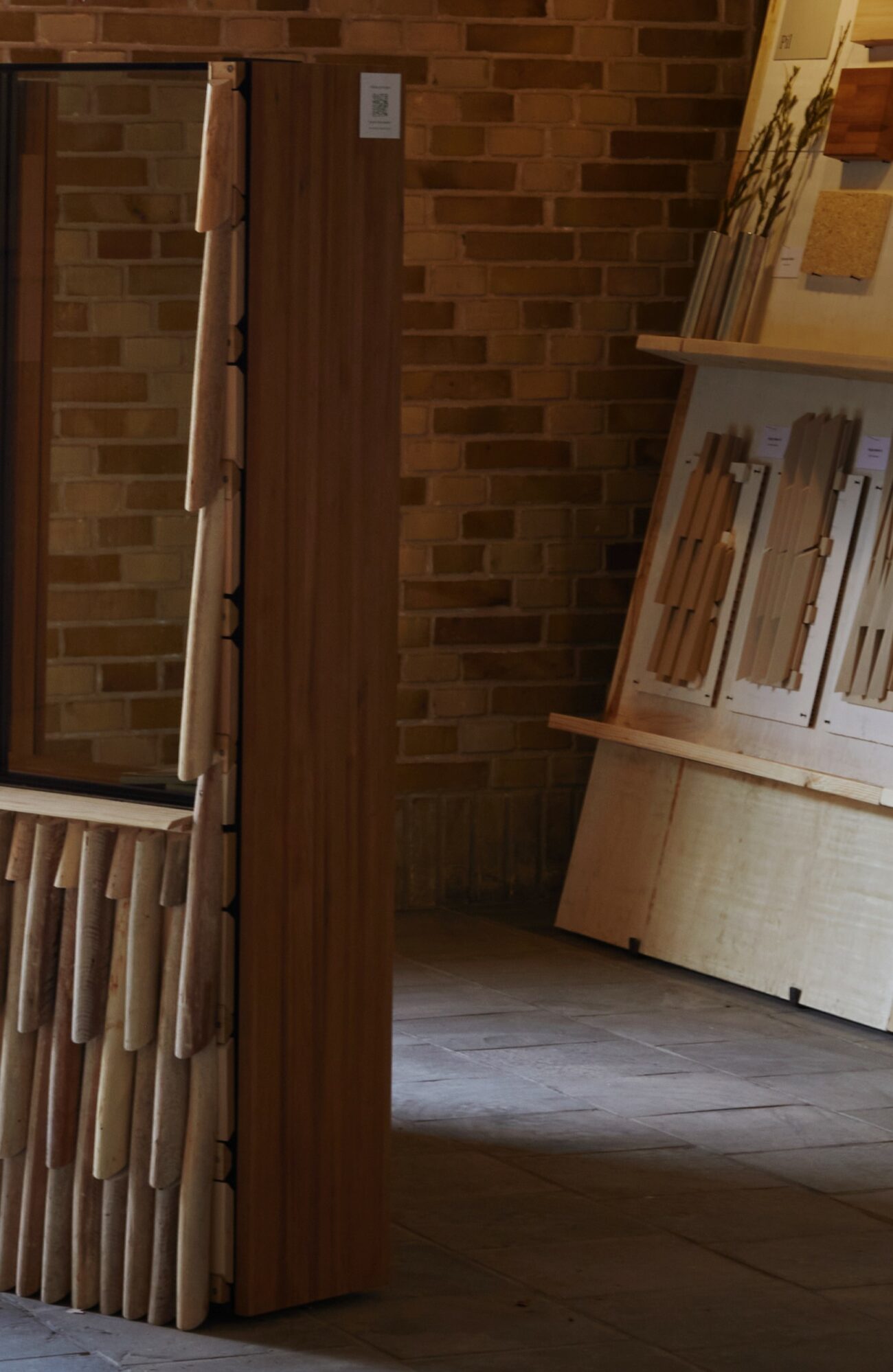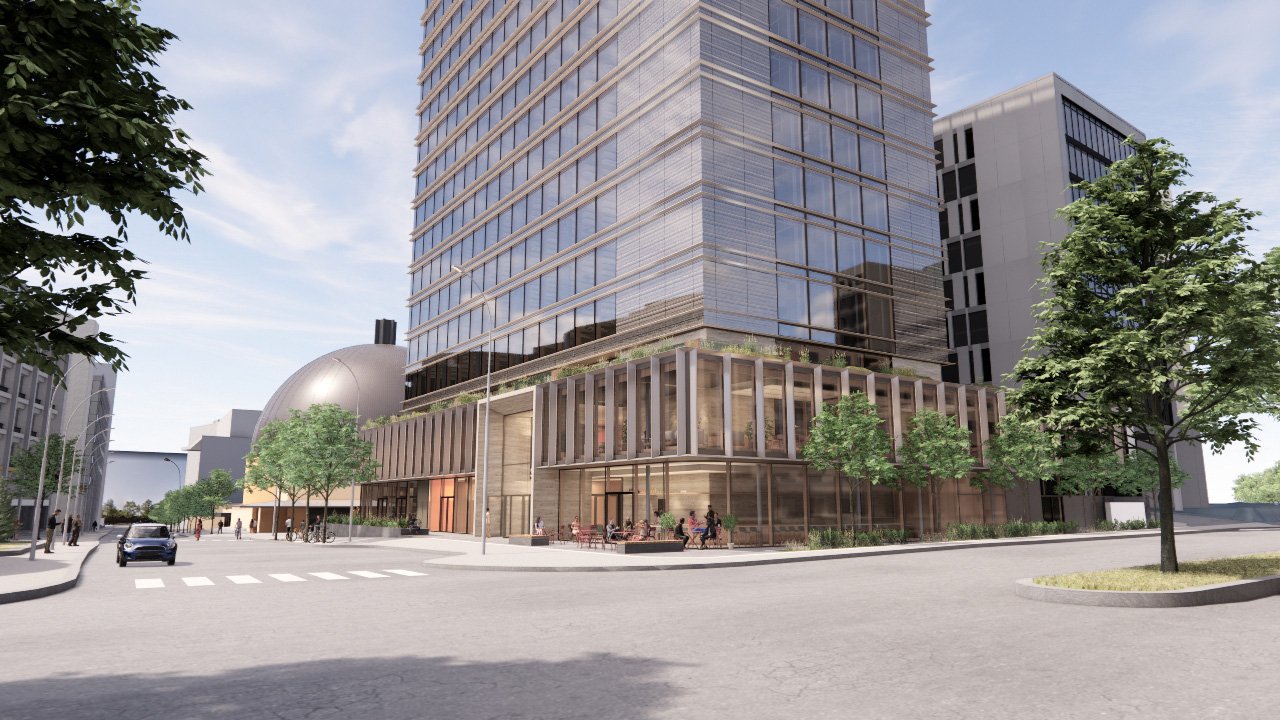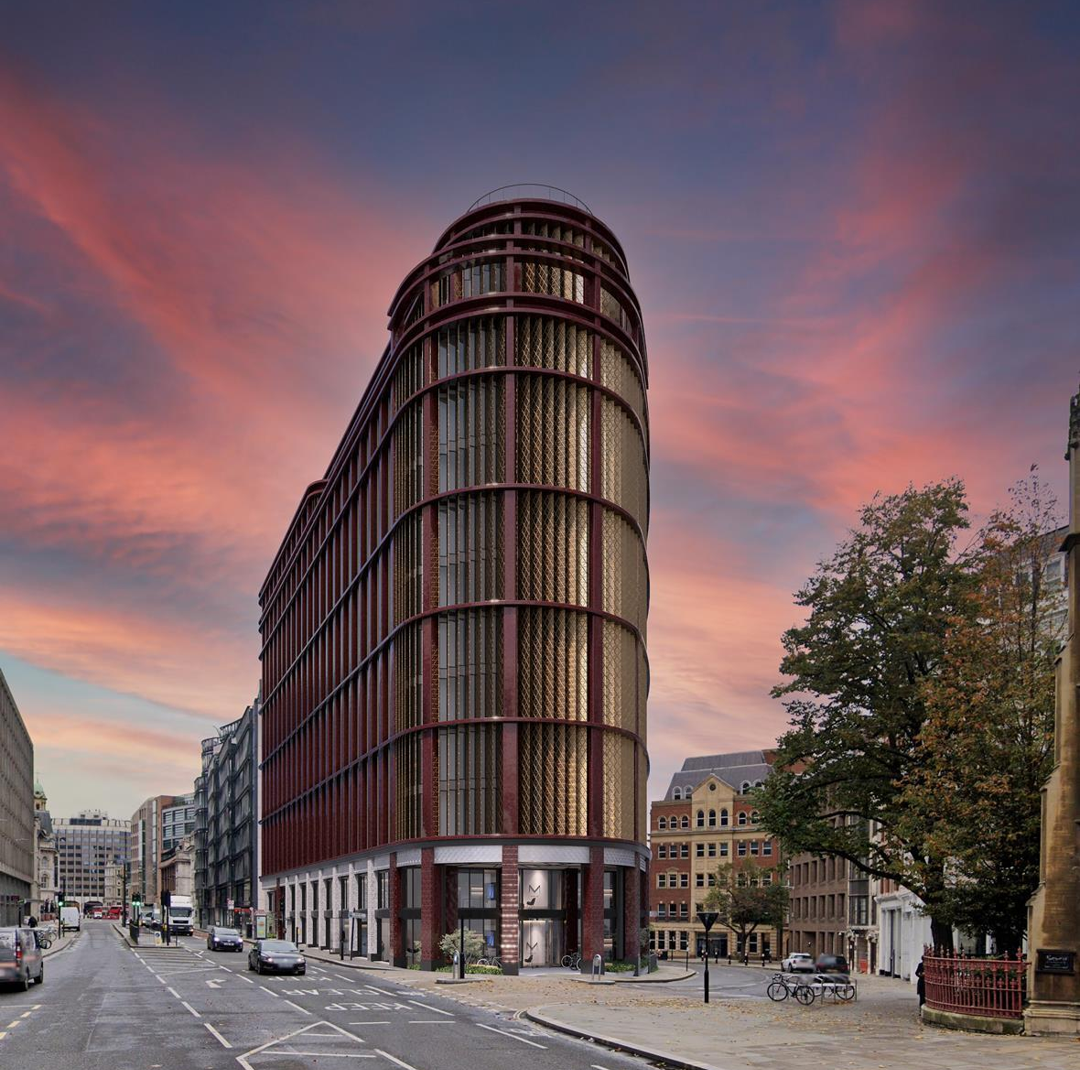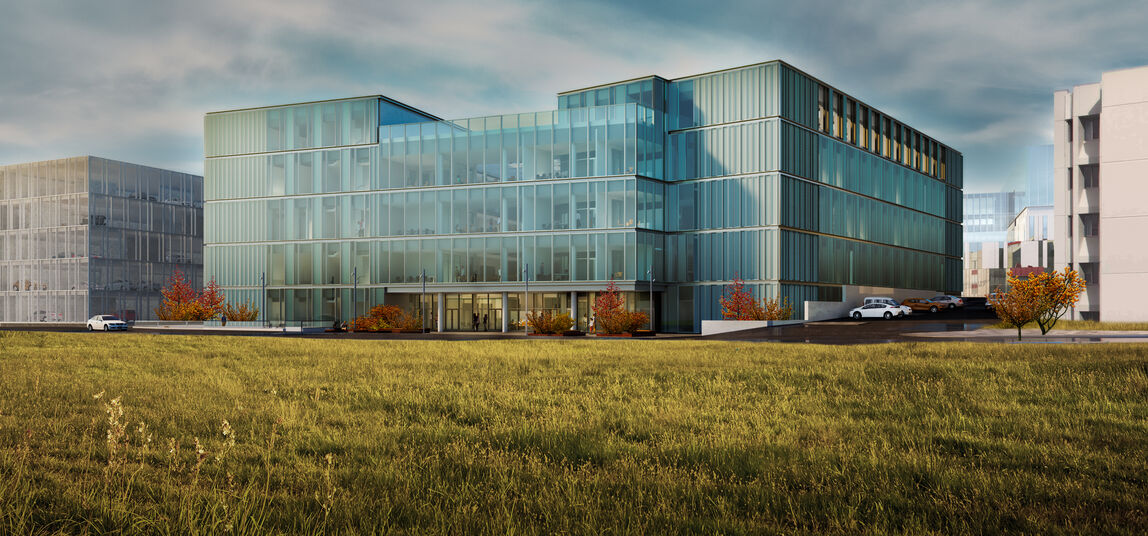By Anastasiya Popova, Sustainability Lead at Staticus
Our partnerships were critically important in the formation of our sustainability strategy, and are even more fundamental to its successful implementation. In this article, Anastasiya Popova, our Sustainability Lead, explores the ways we are working with upstream and downstream partners on sustainability.
At Staticus, we fully understand that we cannot act alone in driving sustainability. While we think and act carefully regarding how to best impact the areas we deliver and service, it is also clear to us that there are critical areas of the process where responsibility is shared with our partners.
For example, the majority of the impact in terms of embodied carbon in a façade comes from raw material extraction and processing. Before the aluminium products hit the door of our factory, bauxite has to be mined first. This is followed by the alumina extraction, smelting, casting and other processing stages. Naturally, we have no direct involvement in this side of the process.
But what we can do is to work closely with our supply chain to analyse the status quo and jointly commit to improvements that would reduce the environmental impact of the end product. Cooperating with our partners in this way is dependent on us building strong relationships. With our commitment to the long-term, this is something we have always prioritised.
Partnering to drive change
The close relationships with our partners have already helped us a lot in the process of creating our sustainability strategy, as I mentioned in my recent article on this subject. When we conducted the materiality analysis, our partners were ready and willing to share their insights, which helped us establish clear focuses that are relevant to our stakeholders. And now we are driving change, in cooperation with our partners, in alignment with these focus areas.
Thanks to our end-to-end offering, we are in an influential position in the value chain. We work directly with investors and architects, but also with contractors and suppliers. And I would like to briefly outline some of the ways we are cooperating with our partners both downstream (with investors, developers, general contractors, architects and engineers) and upstream (with suppliers) to deliver sustainable outcomes.
Working with our downstream partners
As a façade contractor, Staticus is obliged to fulfil project-specific requirements for the façade’s performance as prescribed by our clients. However, in the field of sustainability and in particular carbon performance, clear specifications and benchmarks for the façade are often missing in the project requirements. If they are defined at all, the targets for carbon performance are related to the whole building level and do not set any benchmarks at the façade level.
In my opinion, this is caused by the two challenges that the façade industry is facing.
Firstly, industry-wide guidelines and policies, which are needed in order to inform investors and developers regarding sustainability requirements, are not well established yet.
Secondly, there are few life cycle assessment (LCA) studies of façade systems that are publicly available. If there were more results of such studies shared in the industry, it could help to set realistic carbon performance requirements for various façade systems much more quickly.
At the same time, investors and developers have a critical role to play in driving sustainability and shaping industry-wide regulations. If they are demanding more – whether it is regarding the façade’s operational performance, its embodied carbon or its end of life possibilities – then everyone else in the value chain will follow.
Hence, we believe that engaging and sharing knowledge with our downstream partners has enormous potential to accelerate the definition of industry-wide sustainability specifications. That is why we organise regular sharing sessions with investors, developers, architects and engineers. We share our views on topics such as low-carbon and circular façade design, life cycle assessment for building envelopes, and the latest regulations. We also share the results of our LCA studies for various façade systems, providing a brilliant opportunity to critically discuss our findings and set realistic expectations for carbon reduction targets in the value chain. Moreover, we discuss the requirements for sustainability reporting both at the corporate and at the project level.
Working with our upstream partners
As I mentioned earlier, the sustainability characteristics of our end product depend highly on the materials we procure. Therefore, it is necessary to analyse the sustainability risks embedded into our supply chain and share the sustainability requirements with our upstream partners.
With a lot of valuable help from our procurement team, we developed a specific questionnaire for our suppliers. This questionnaire helps us to understand which sustainability actions they are taking and how they are documenting them.
Once they have returned all the information to us, we can categorise each supplier in terms of their sustainability status. This enables us to identify those who are already in a good sustainability position, and those who need further support to get there.
Moreover, it helps to shed light on industry-specific challenges. For example, while aluminium products with high levels of recycled content are currently available in the market, the glass industry is still solving the challenge of providing high recycled content glass products.
One aspect of the way we work with upstream partners that I would like to highlight is the fact that we always aim to build strong, long-term relationships based on respect. For example, for some of our suppliers, their size makes it challenging, or even impossible, for them to develop full reporting set ups. They might well have sustainable products, but they lack the documentation to prove it.
We understand that we have to be supportive and patient with these partners. We definitely are not going to just cross them off from our list if they do not meet our requirements right now – we give them time and support to develop their sustainability action plan.
Our main goal is to explain the importance of doing this. We emphasise that everyone in the supply chain should understand one critical point: if sustainability reporting is currently a “nice to have”, in a couple of years’ time it will be a must have. And we can support them in getting started today.
One valuable perspective we have to offer here is that we started early with introducing sustainability. Having been in the position that many of our partners are now in, we can understand some of their challenges and offer advice.
Taking a proactive approach to establishing industry-wide standards
As previously described, the façade industry is facing the challenge of a lack of well-defined sustainability specifications. Currently, governments and regulators in various markets are working on establishing industry-wide sustainability standards. But, unlike with buildings, façades are still a grey area – every industry player has its own method of assessing their sustainability activity and the results are hard to compare.
It is pleasing to see that there is progress in the UK in creating a unified standard for the environmental performance assessment of façades. The Centre for Window and Cladding Technology (CWCT) is making a large effort to provide comprehensive guidance on sustainability in façades. In particular, several workstreams are dedicated to the development of carbon assessment methodology for façades, and I have been invited to participate in one of these workstreams.
Currently, the UK is one of the pioneers in this field. And we would like to see industry-wide standards established in all the markets we work in.
Our aim is to take a leadership role, sharing knowledge with our partners and across the industry. We hope to shape the regulations that will come into effect if possible, and take it upon ourselves to educate others in the sector.
Partnering to drive change
Ultimately, our approach to working with our partners on sustainability is guided by two fundamental principles:
– Firstly, we should drive change, rather than simply waiting for it to be introduced by regulators and governments;
– And secondly, this can only happen when we work together, sharing knowledge and best practices.
With this approach, we will be in a better place to quickly meet unified industry standards when they are introduced. And we will also be ensuring sustainability is front and centre of every project in our sector.
